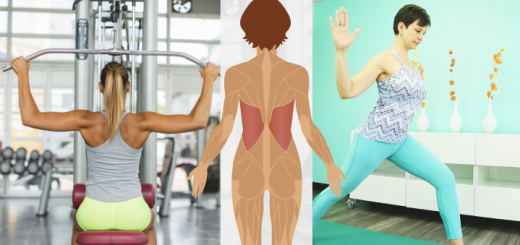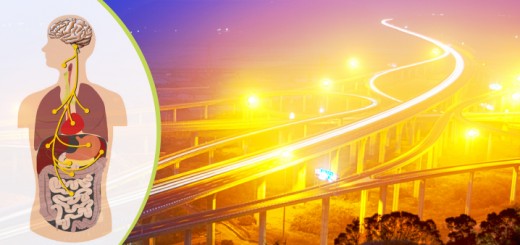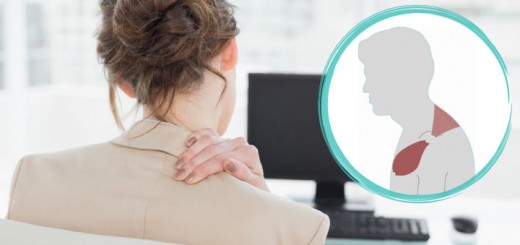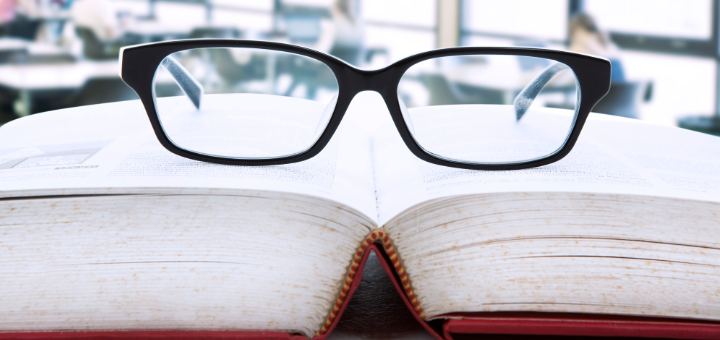Where to begin with scoliosis and back pain
0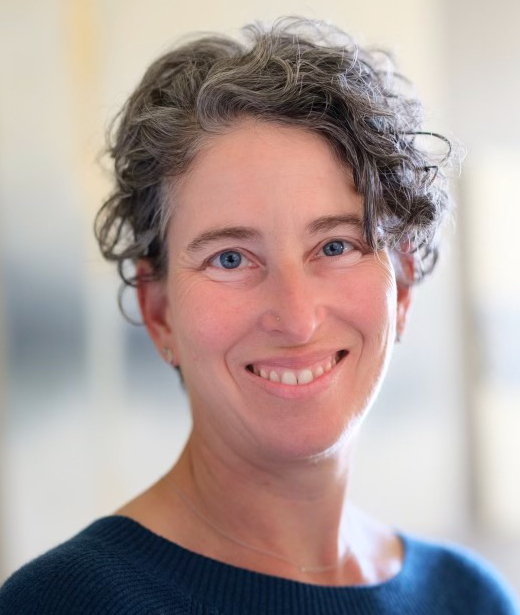
by Rachel Lanzerotti, yoga teacher and yoga therapist
Perhaps reading this first paragraph you’ll recognize, right away, why it might challenge a Yoga Therapist to figure out how to work with a new client who has scoliosis and back pain: Scoliosis is a sideways curvature of the spine to one side— to the left or right (e.g., curve to the right in the upper back, and to the left in the lower back). Add to this a twisting or rotation of the spine that leads to structural imbalances, and ribs pushing forward or backward to create concavity (inward) or convexity (outward) in the back body.
Imbalances might be seen in the physical frame (i.e., positioning of hips, shoulders) and impact the interior and organic body functions (e.g., respiration, digestion). Back pain is one possible consequence of scoliosis, related to compression or to unequal development of muscles and compensatory postural habits.
For back pain related to scoliosis of the spine, approaches to sequencing and asana vary among yoga lineages. Debate exists, both anecdotally and in the research literature, about when and whether specific postures lead to improvement.
Ask the client: Have they been told they have scoliosis? Do they know the direction or pattern? Do they know whether it is structural or functional? If they experience back pain, or pain in other areas, what do they notice? What are they hoping to learn or address through Yoga Therapy?
Observe the client’s posture. Allow time to observe their breathing patterns in stillness and in movement. Where are areas of restriction? What do they know about what brings ease?
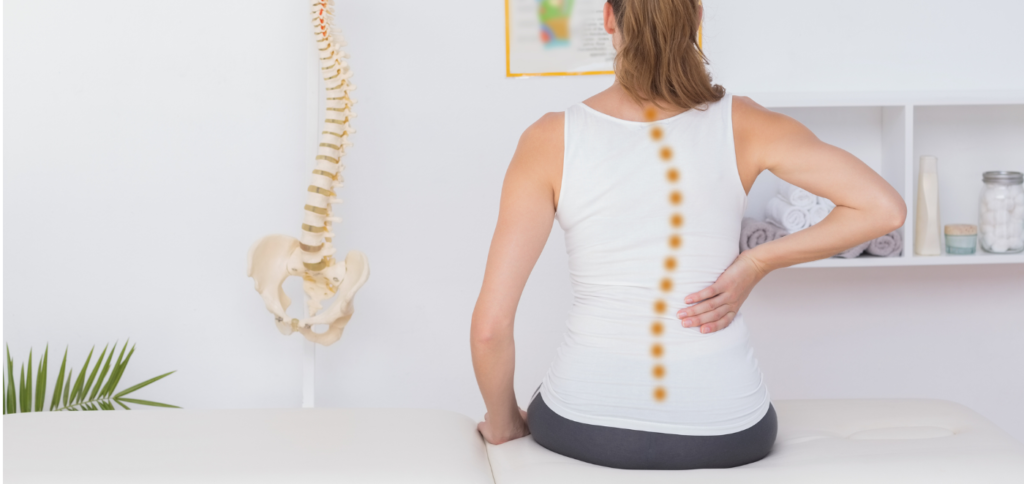
With the client’s permission, consult with their practitioners or medical professionals.
It is not the role of the Yoga Therapist to tell the client they have scoliosis. This may be diagnosed only by a qualified provider. However, we can ask what they already know and express curiosity about their experience. We may be able to see, and ask the client to observe and feel, the shape of their spine reflected in their posture and musculature.
In my view, it is the role of the Yoga Therapist to offer information and guide practice that supports the client’s empowerment and increased awareness. Not to “fix” them.
Often, clients don’t understand what “scoliosis” means, although they may be very familiar with how it feels. Understanding the direction of the spinal curve(s) and how this shows up in their posture/form may be confusing. With their permission, you may want to take photos for them so they can start to see areas of their back that are convex and concave, for example.
The Yoga Therapist will not know what scoliosis means for each client until you begin learning together, by observing what’s happening structurally, talking about it, and practicing over time.
Here’s where I begin: Support. Explore and expand. Utilize asymmetry. Through practice, the client can come to better understand the curves’ direction and impact on posture, musculature, and their organic body.
Support. Over and over, I’ve seen that look of surprised pleasure on someone’s face when an area of their back that’s usually concave or with muscles “locked short” starts to relax into the support beneath them. Finding a comfortable resting position allows the nervous system to shift into relaxation mode, which is essential for addressing and reducing tension and pain.
One of the simple, revelatory practices to explore yourself: Roll or fold a washcloth. Place this under a specific area of the back when lying supine. With a client, I begin by asking them if we can place the rolled washcloth beneath a concave quadrant, willing to experiment with the placement while asking the client to describe how it feels. The cloth “fills” in a space that usually isn’t in contact with support. You may want to invite them to try the cloth (or varying amounts of support) in different areas of the back, as you are exploring options together.
Explore and expand. Scoliosis can have a negative impact on respiratory function. As the respiratory diaphragm is attached to the spine, the form of our spine affects our breath, and the form of our breath affects our spine. Although breath never actually leaves our lungs, we can explore and repattern via the feeling of expansion of inbreath and release of outbreath, while “directing” the breath (or feeling of expansion/release) to areas of the body.
A few general steps for the client: First, developing familiarity with the breath patterns. Next, diaphragmatic breathing. Then, in combination with asana (such as Balasana, Child’s Pose), expanding during inhalations, into the back body. (For example, mentally divide the back body into quadrants and practice expanding or “moving the breath into” each area, perhaps focusing on expansion in concave quadrants.) Breath, particularly exhalation, also is essential for the relaxation response. This is an exploration to be undertaken kindly over time, with each person.
Utilize asymmetry. If I have a go-to for the asymmetrical muscle development and tension that accompany scoliosis, it is via asymmetrical asana. Using a compare-and-contrast approach between asymmetrical and symmetrical postures. Many students and clients have reported back to me that they appreciate asymmetrical Chakravakasana, a variation of cat-cow in which one side of the back body lengthens while the other contracts, with each side followed by a symmetrical Balasana (Child’s Pose). The principle of working asymmetrically to contract and release back muscles can be applied to other asana, including standing poses like Virbhadrasana I (Warrior I) and strengthening postures like Vasishtasana (Side Plank).
Sequencing, postures, and the client’s developmental practice are not one-size-fits-all. Each client with scoliosis is unique and benefits from a unique practice plan. Take time to build an experiential understanding of their body’s structure and what works for them.
© 2022 Rachel Lanzerotti, Five Rivers Yoga LLC
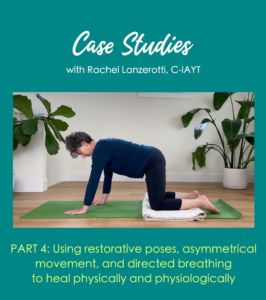
Check out Rachel’s Real-Life Case Studies video series on the Sequence Wiz community site. (Available exclusively to Sequence Wiz members. Learn more about Sequence Wiz membership >)
Part 1 (released): What questions to ask about lower back discomfort
Part 2 (released): Using small movements and postural awareness to relieve pain and increase confidence
Part 3 (released): Using chakra exploration and bija mantra to strengthen from the ground up
Part 4 (released): Using restorative poses, asymmetrical movement, and directed breathing to heal physically and physiologically
Join our Case Studies group to follow along!
[jetpack_subscription_form]
Rachel Lanzerotti (MSW, E-RYT500, IAYT-Certified Yoga Therapist) is the Founder of Five Rivers Yoga Therapy and creator of The RE/ST Method for Pain Recovery™. She is a Body-Mind Yoga Therapist, meditation teacher, counselor, health educator and specialist in back pain relief.
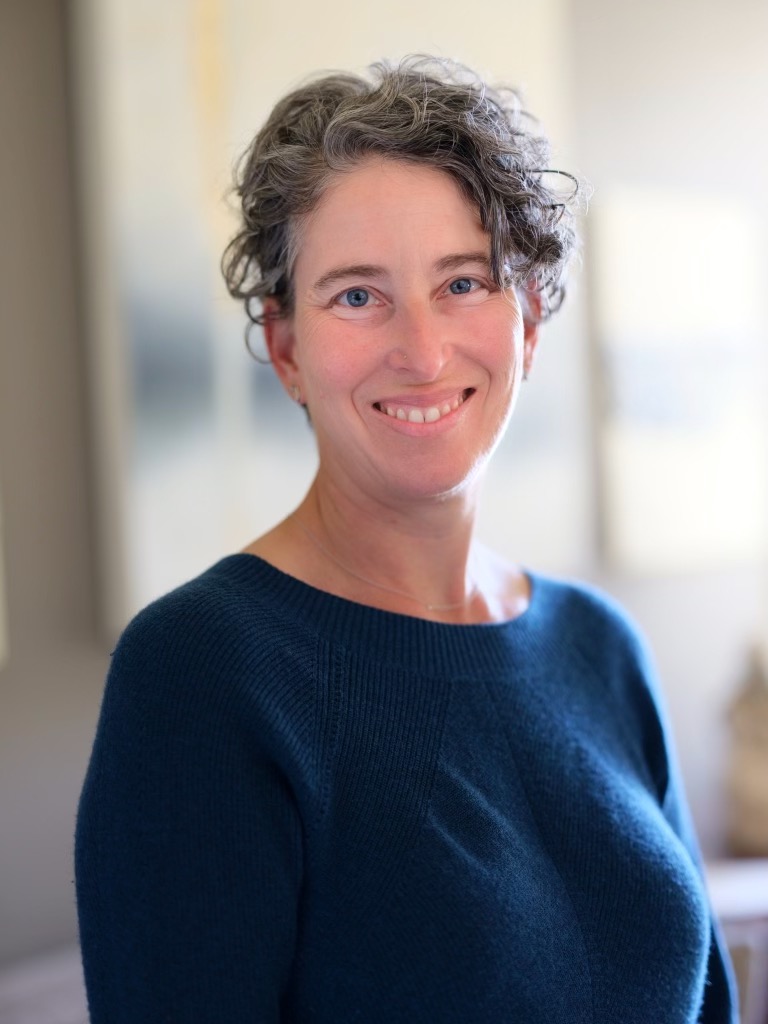
Rachel has taught at UCSF Osher Center for Integrative Medicine and Spirit Rock Meditation Center, and was a featured presenter on “The Modern Science of Yoga” at the SF Asian Art Museum. She also launched the Aging Well program of San Francisco Village. She is a graduate and former faculty mentor with Essential Yoga Therapy Therapist Training.
Rachel has been published in numerous journals, research studies, and periodicals including Stanford Magazine, and with the Boston Women’s Health Book Collective on topics ranging from yoga, health, aging, and sexuality to gender, racial justice, and human rights.
She holds a BA in Human Biology from Stanford University and Master of Social Work (MSW) from San Francisco State University. For a decade prior to founding Five Rivers Yoga Therapy, Rachel ran an organizational consulting practice with community-based groups. She spent many years focused on direct action work for nonprofit and social change organizations.

